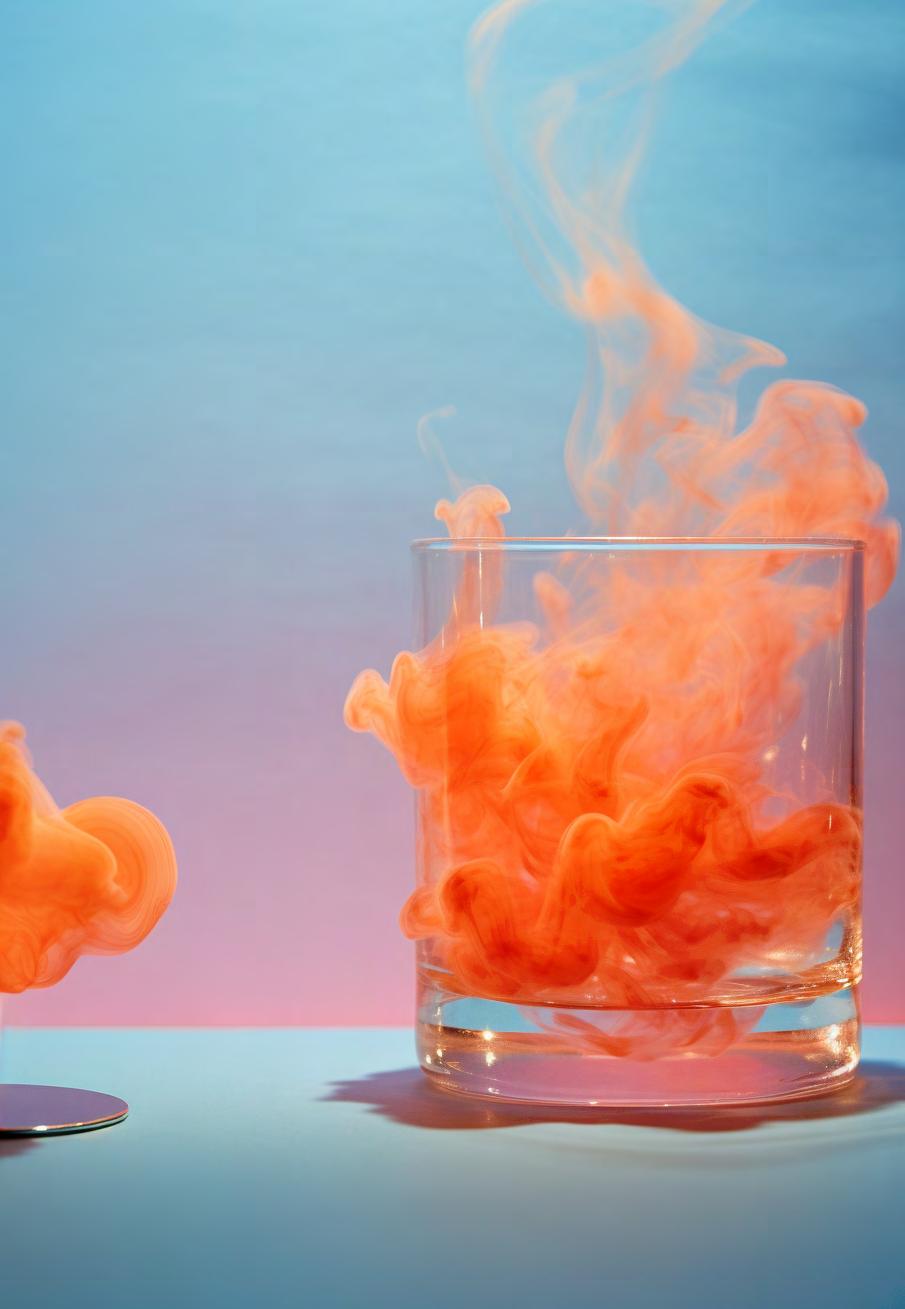
1 minute read
Manuela Swanka (72)
- Parkinson Artist

Advertisement
Manuela Swanka made a choice some years ago: to age naturally. Despite suffering from many previously commonplace consequences of old age, like arthritis and decreased mobility. Manuela thought of her age as an asset, not a liability. In 2025, Manuela was diagnosed with Parkinson’s disease. However today, she is redefining what it means to be a proud natural human. Over the past twenty years she’s become a world-renowned artist, and since her diagnosis, famous for her Parkinson Paintings. These paintings capture a unique style that are the results of her Parkinson disease, where her sometimes unintentional movements are welcomed, and serve as an expression of her authentic, natural self.
Manuela rose to fame after she was discovered by the Michael J. Fox Parkinson’s Research Foundation. She got the commission to do the new logo of the foundation, where her art was put on display for the world to behold. Fox’s foundation raised an astounding $2 billion for the research, and largely thanks to the foundation’s contribution, in 2041 Parkinson’s medication was developed to keep symptoms at bay. Since Manuela was diagnosed in 2025 and her symptoms are already onset, this medication is not available to her. However, Manuela continues to raise money and awareness for Parkinson’s Research with her expressive paintings, often done in live happenings. “You need to check your biomarkers regularly, and thanks to modern medicine, you will never have to suffer. But for me, I turned my limitations into the source of my art.”
As Manuela puts it “Monet was one of the most important painters in history, and he was almost blind by the time he died. If Monet could continue to make art, I can redefine my art using my bodily limitations as my own form of expression.”










